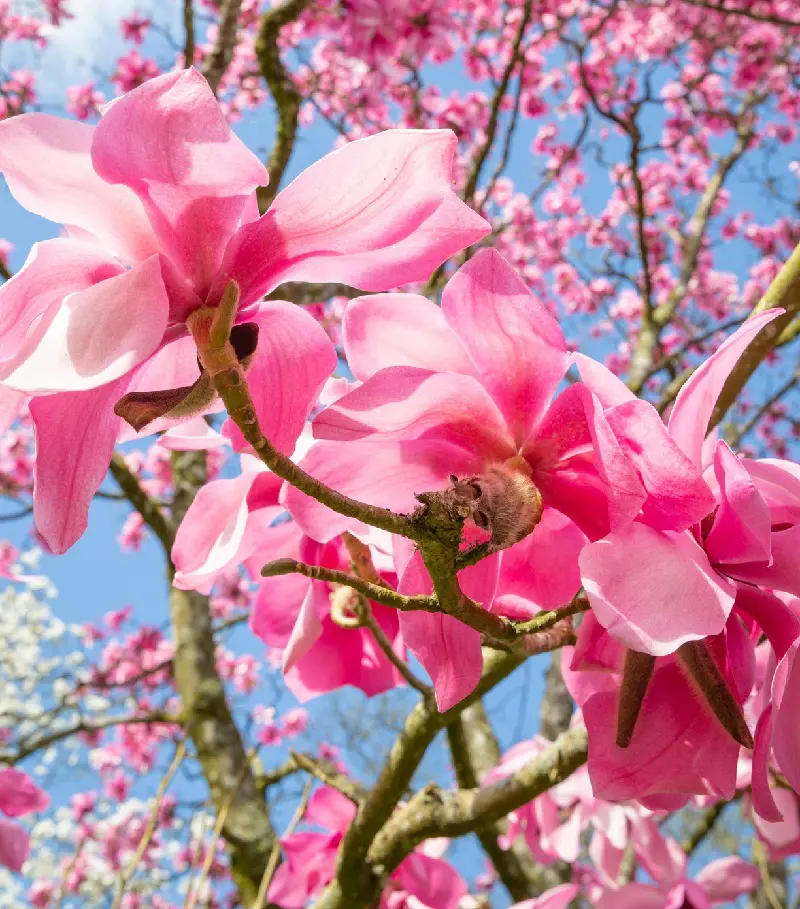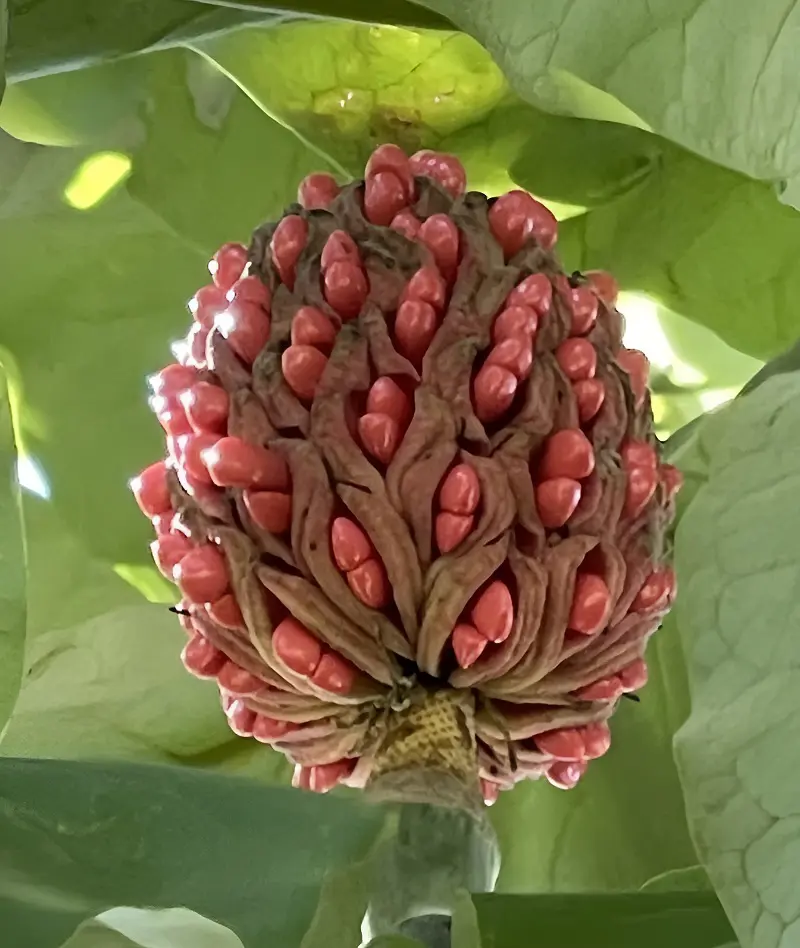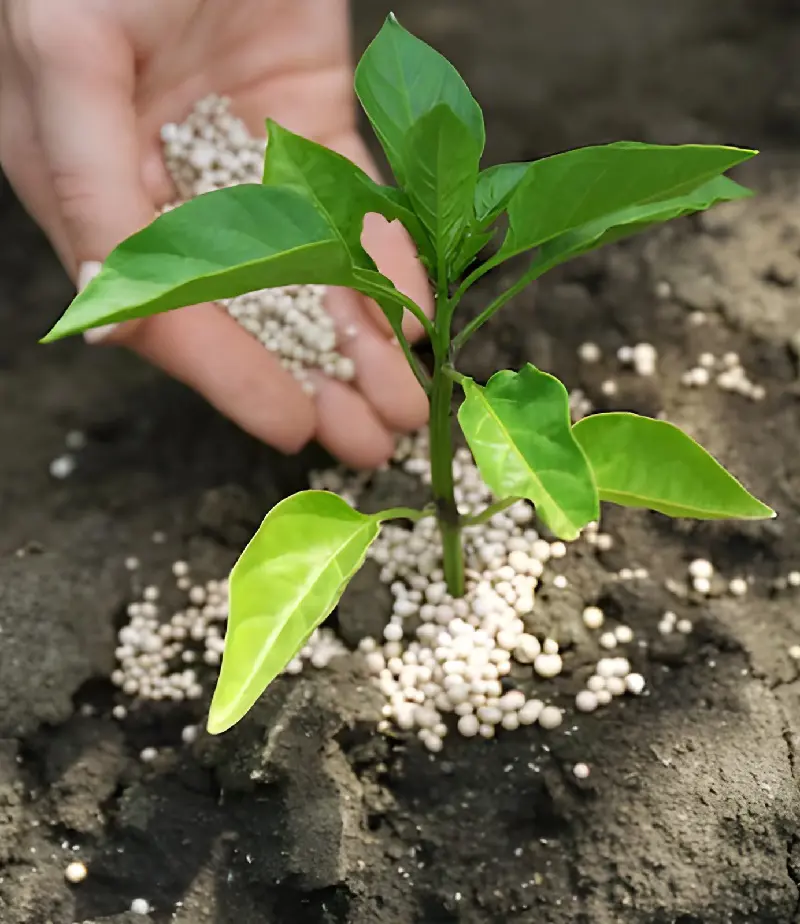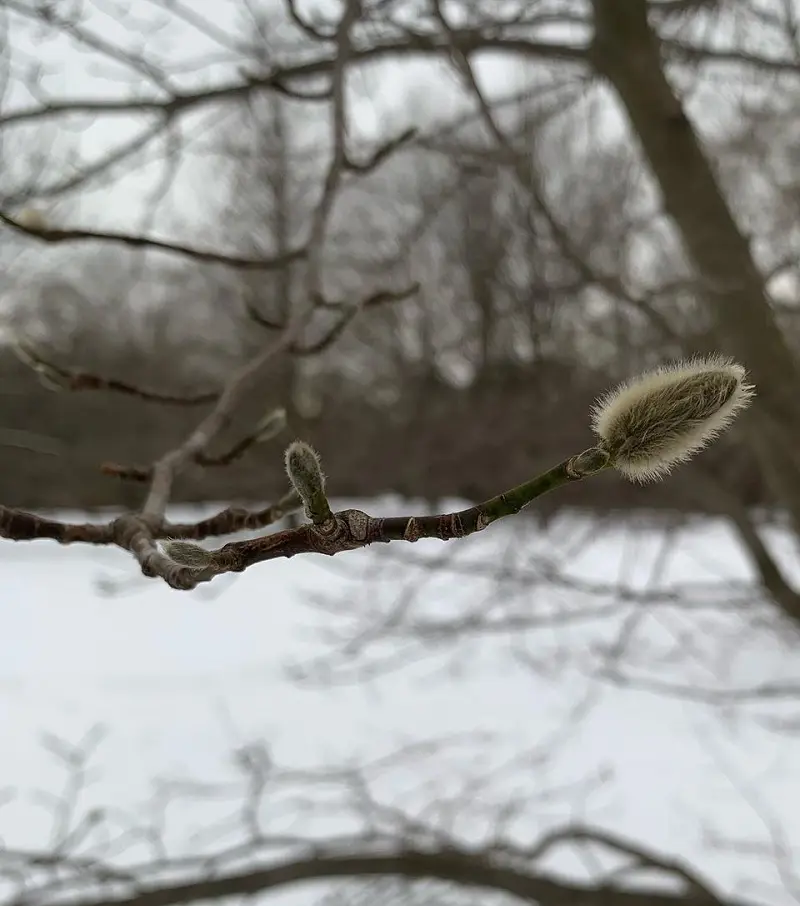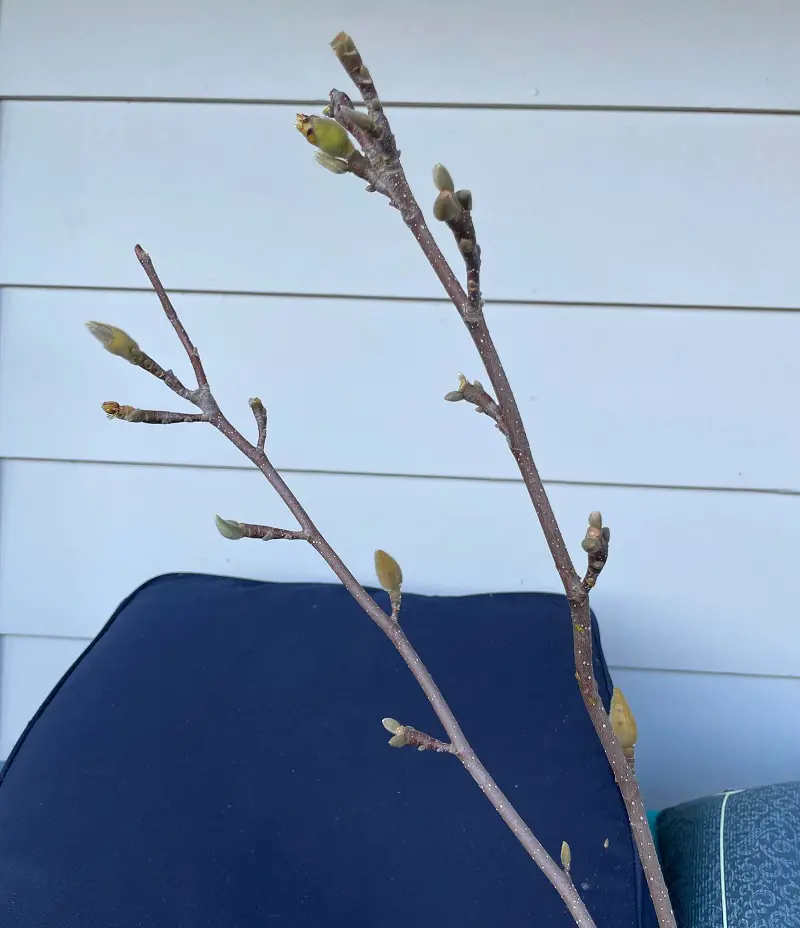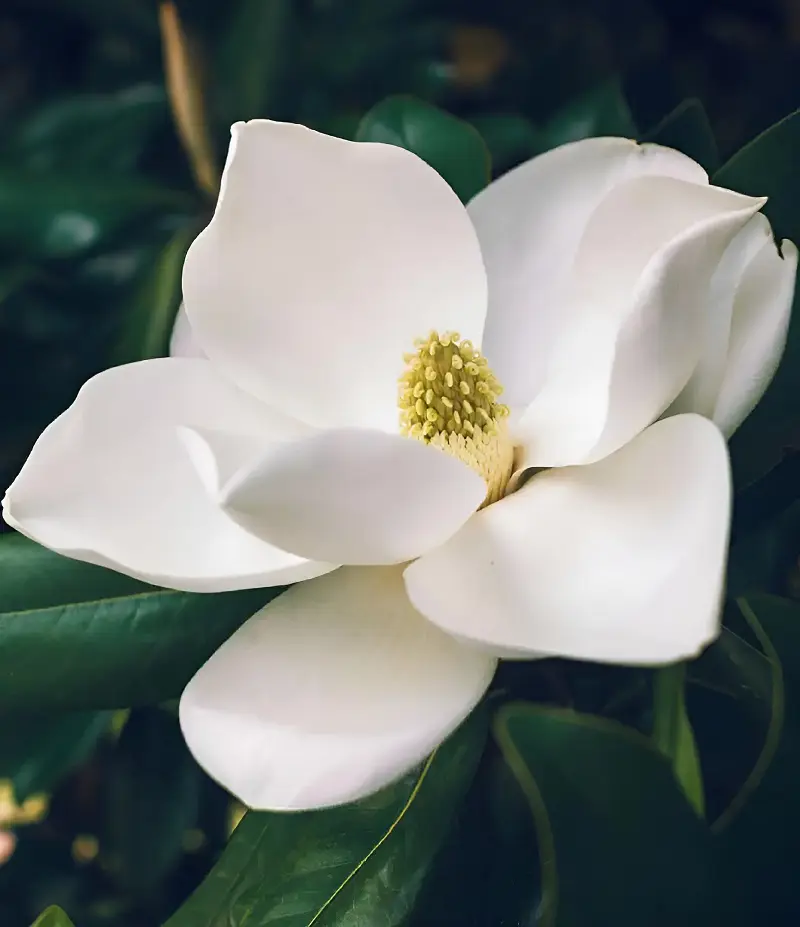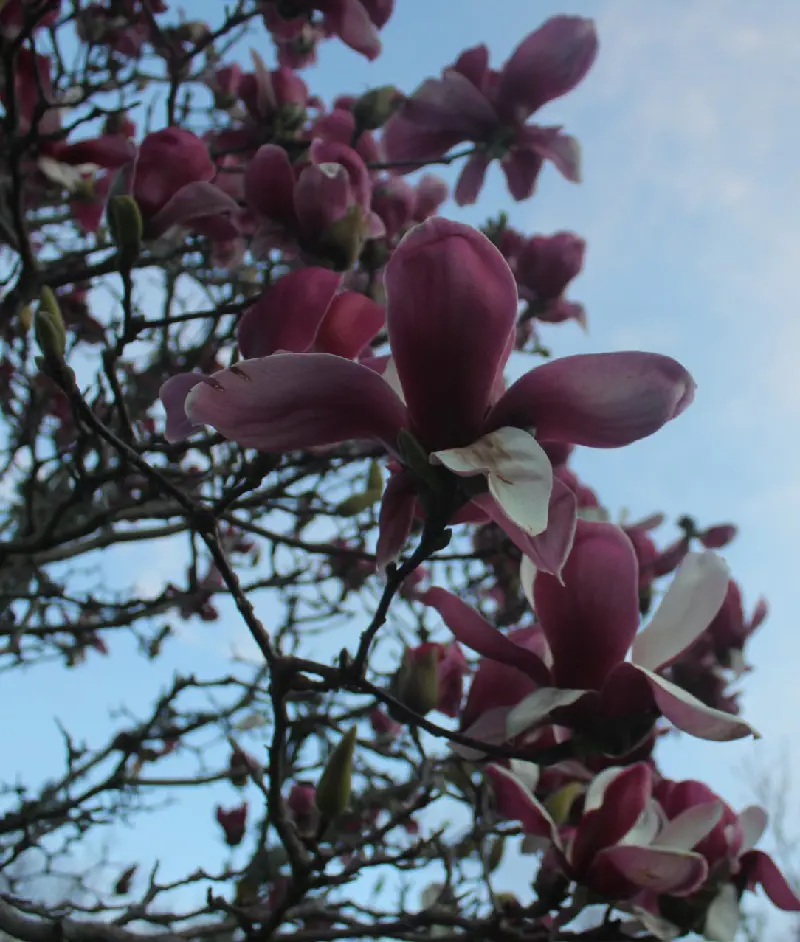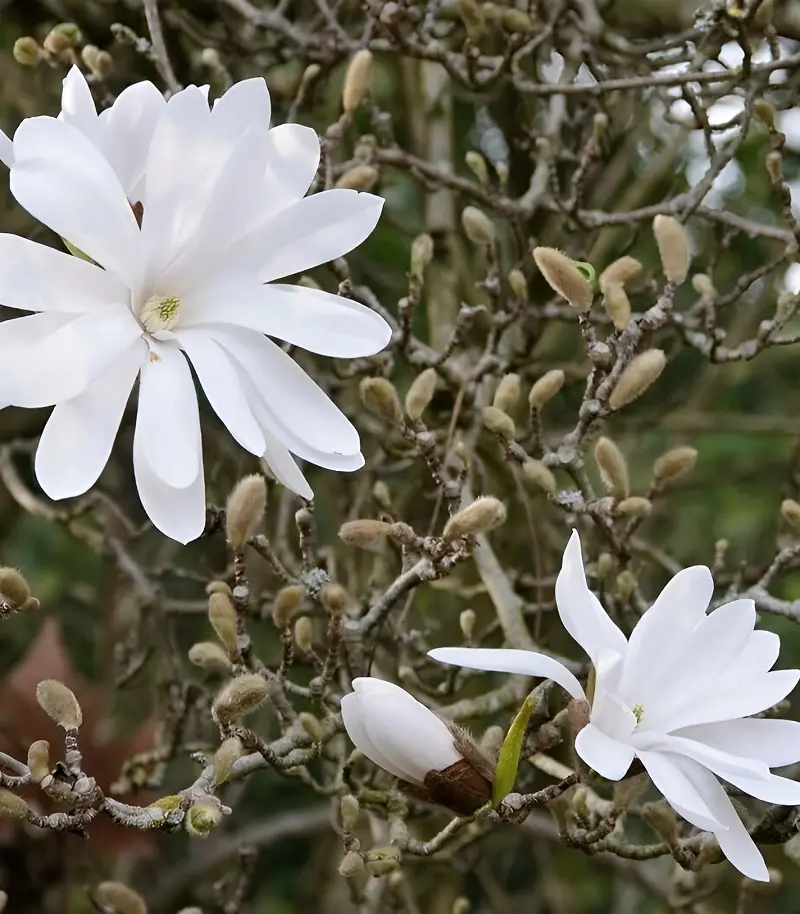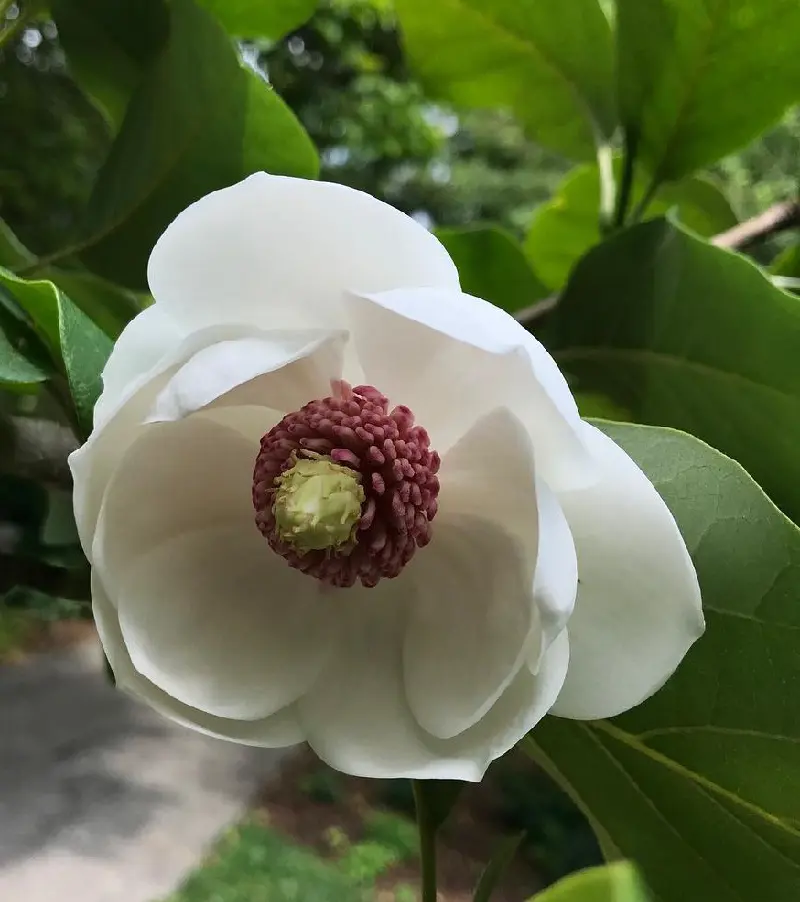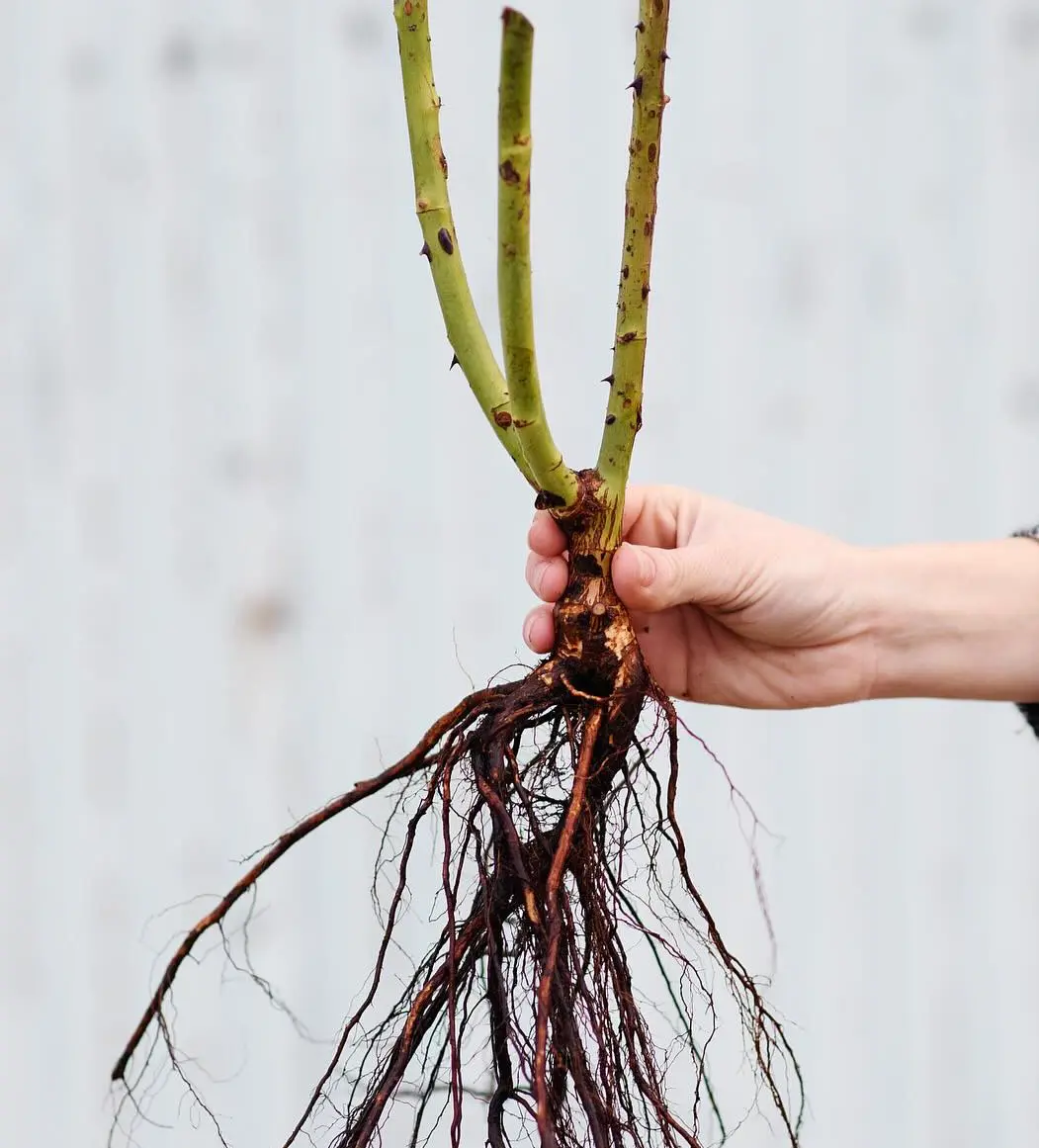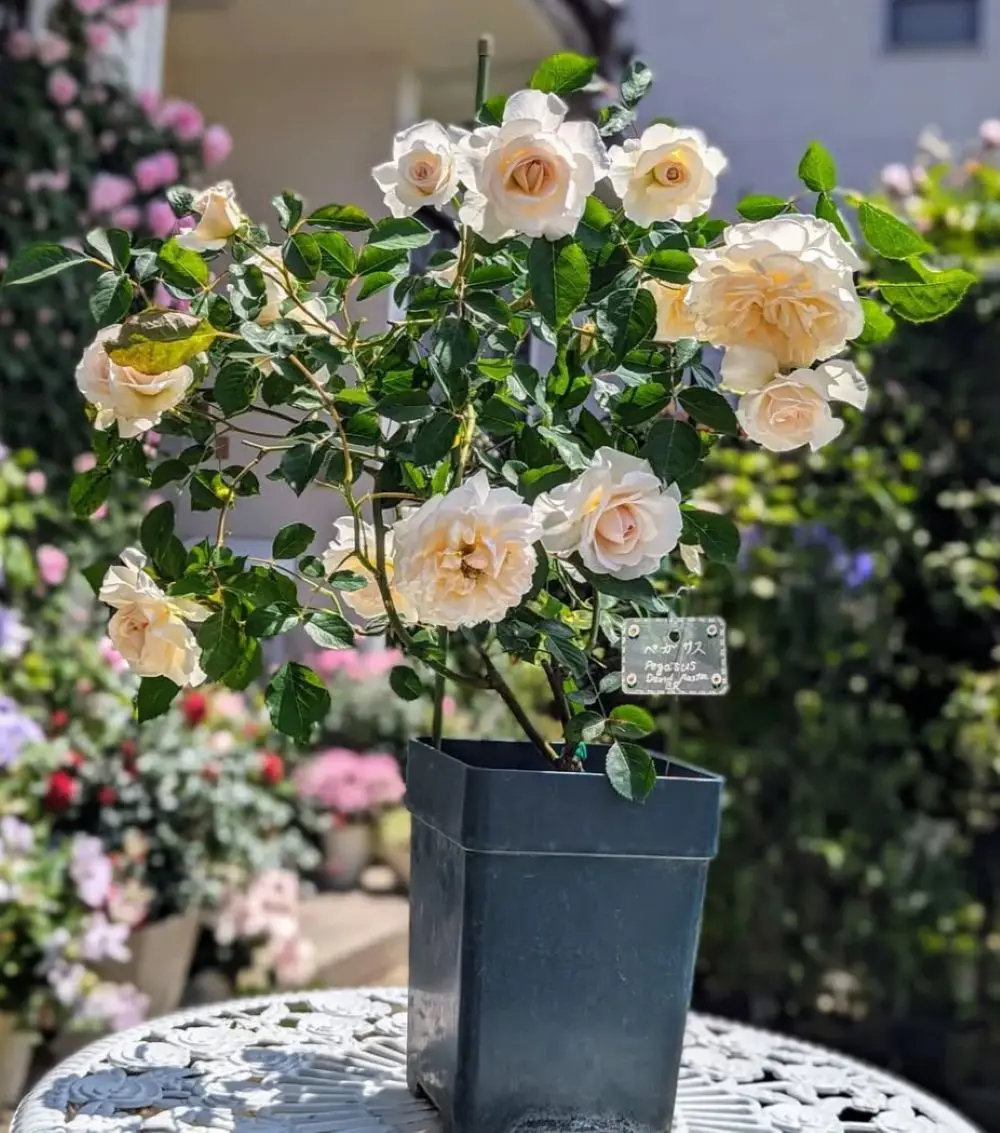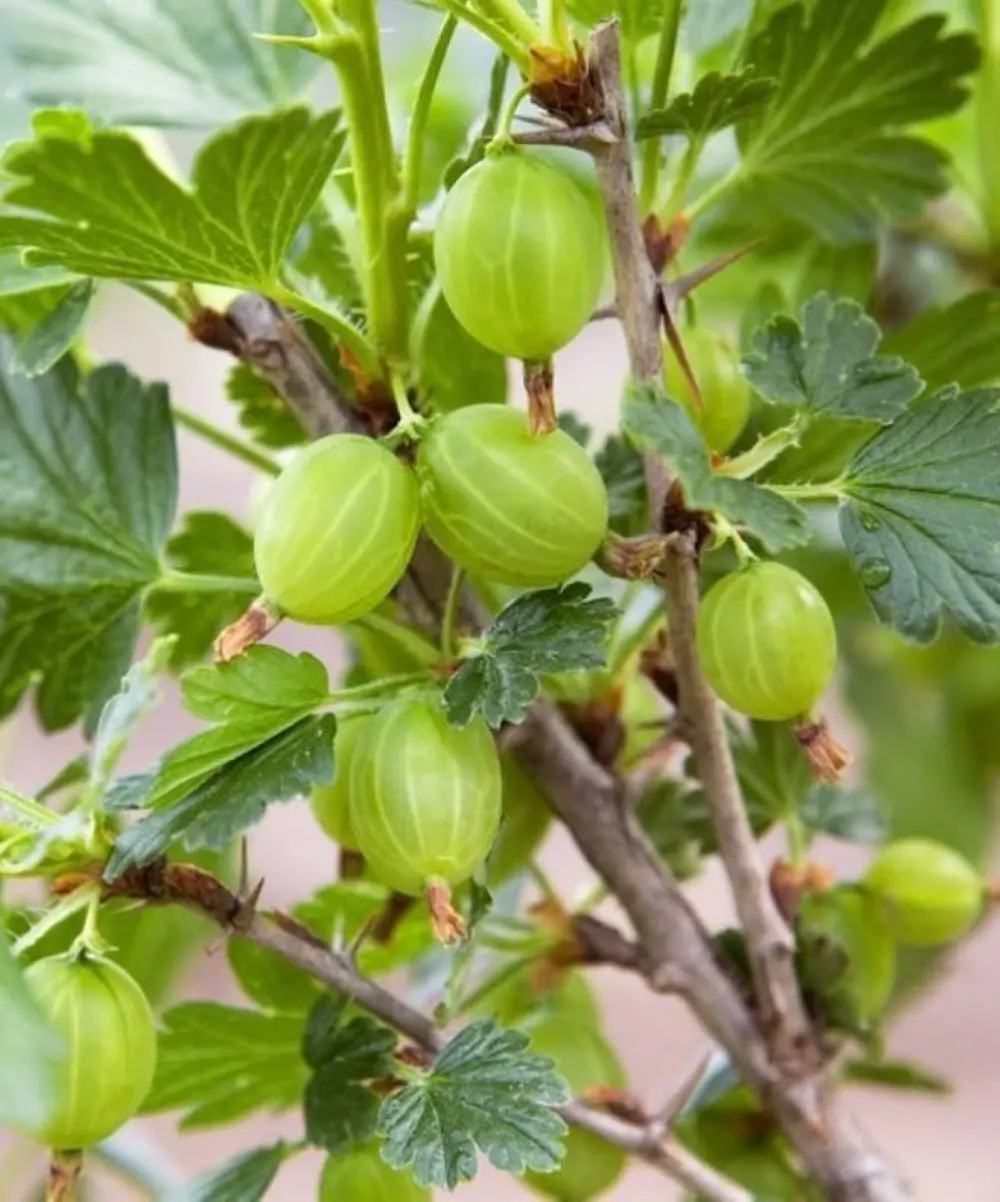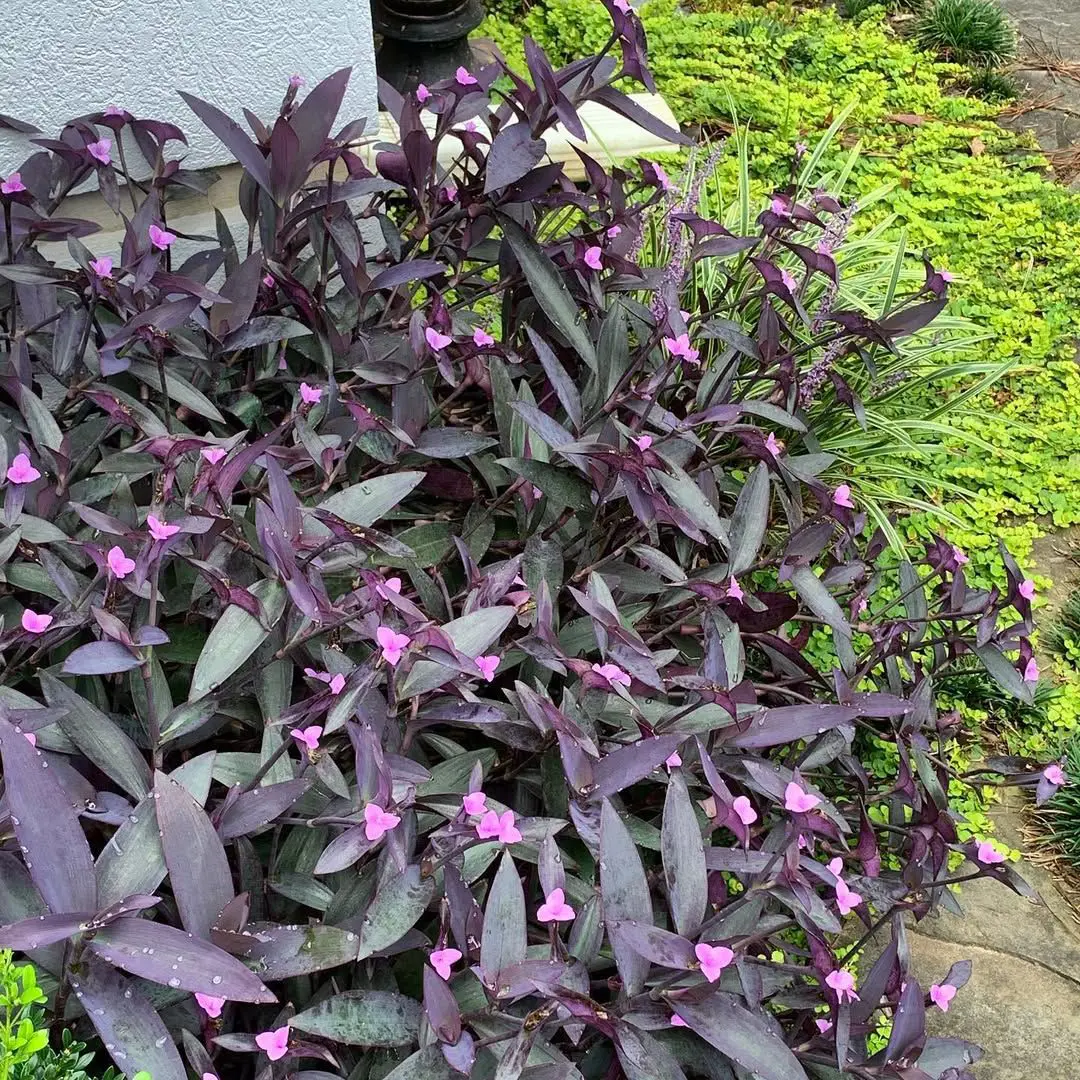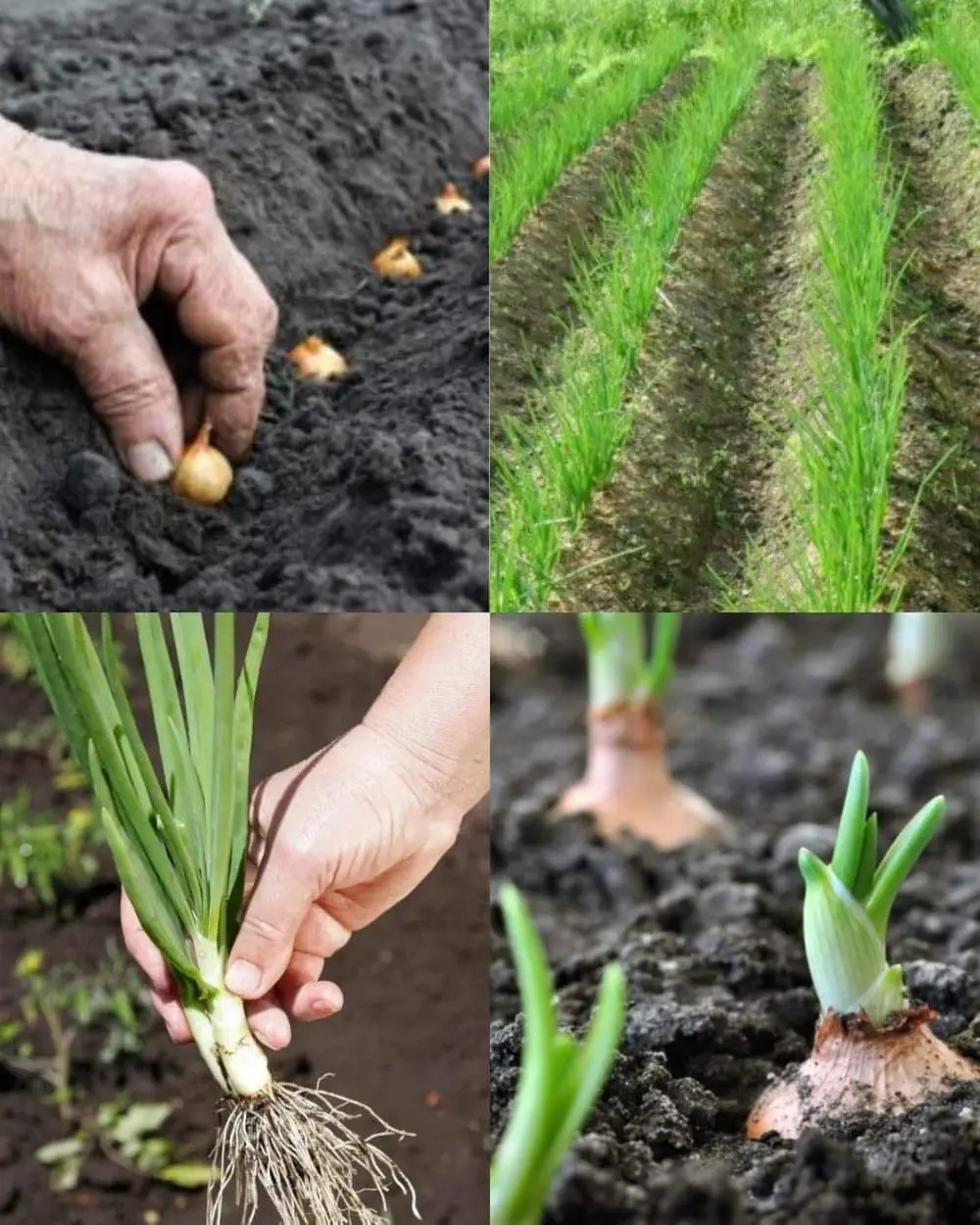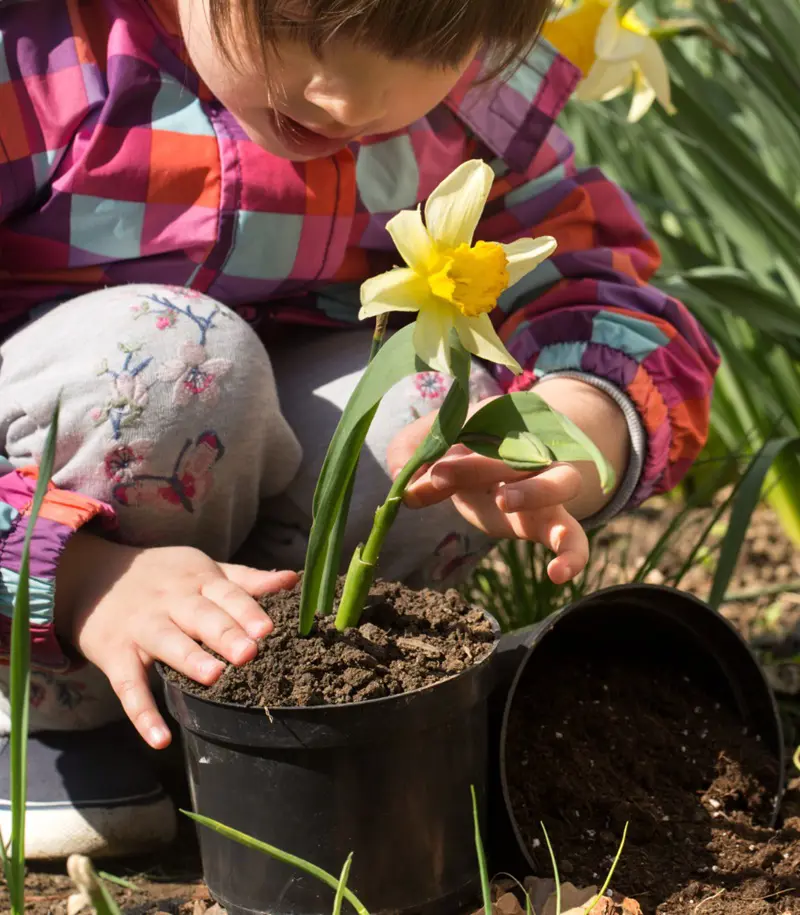Where & When to Plant Magnolia
The success of growing a magnolia tree heavily depends on the timing and location of when and where you plant them. Here are a few factors that you may not have been aware of and should consider to increase your chances of success:
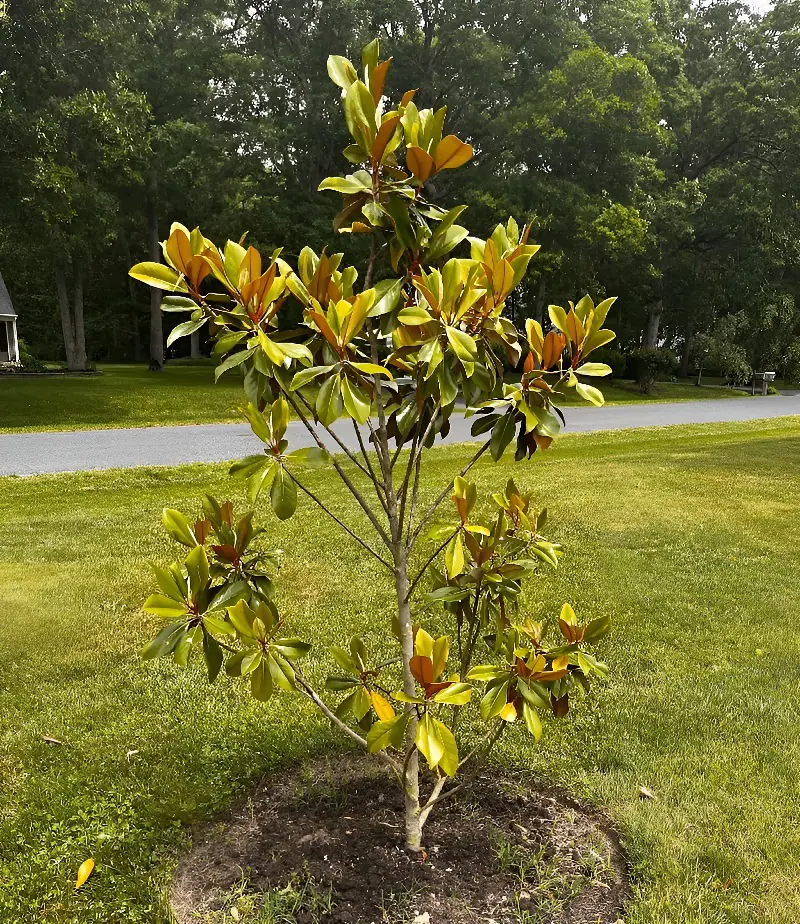
Light
The magnolias love the sun, you can plant them where you're bound to get full sun conditions but, a bit of shade is fine as well. If you live in the hot tropics, it is paramount to plant in the shade.
Always check the specifications of your magnolia species. For example, tulip magnolia is prone to frost cracking when the ground freezes and the sun heats it rapidly. They should be planted in a northern sunny zone whereas, magnolia siboldii prefers shade rather than the sun and is winter frost hardy.
Spacing
Give your magnolia enough space since they grow as wide as 40 feet (12 m) and 80 feet (24 m) tall. They can only develop properly if they have enough space, if possible allow them 86 feet-square (8m sq) of space for each tree.
Don't plant anything sun-hungry beneath them as they get smothered by the stature of the tree as well as the falling magnolia leaves.
Soil
Magnolias best grow in sandy, loamy, and clay soils with a preference for a pH value of 5.5-6.8, therefore the soil should be slightly acidic. If you've noticed, clay and sandy soil are opposites of each other and that's because the magnolia has many species so you can adapt to both conditions by planting different magnolias.
Lastly, the Magnolia's soil should be kept moist but also well-draining as waterlogging should be avoided at all costs. Provide proper drainage if the soil isn't naturally well-draining.
Planting Time
The best time to transplant a magnolia is during its dormant period between October and March. However, it's still possible to do this during November or February when the weather is more hospitable.
If you are planting the seeds then spring is the most obvious choice and propagating magnolia via its buds cuttings is best done in the summer. However, once planted all magnolias are virtually impossible to move again.
